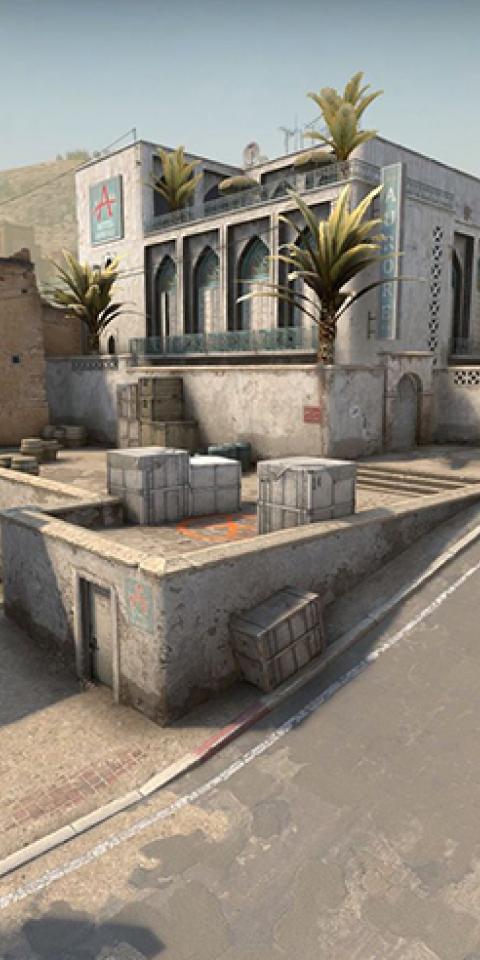CamiForm: Your Source for Diverse Insights
Exploring a world of information across various topics.
CS:GO Map Veto System: Where Strategy Meets Surrender
Discover the secrets of the CS:GO map veto system! Master strategy and learn how surrendering maps can turn the tide in your favor.
Understanding the CS:GO Map Veto Process: A Strategic Overview
The CS:GO map veto process is a critical element in competitive play that greatly influences the outcome of matches. Before the game begins, teams engage in a strategic selection and elimination of maps, ensuring that they compete on terrains where they feel most confident. Typically, both teams start with a full pool of maps, and through a series of vetoes, they systematically remove options until one map remains for the match. Understanding this process is vital for teams aiming to maximize their chances of winning, as it allows them to leverage their strengths while denying opponents their preferred playing conditions.
In a standard CS:GO map veto, each team alternates vetoing maps, with the final selection being the last map remaining. For instance, Team A may choose to ban a map like Dust II, while Team B counters by removing Inferno. The dynamic nature of this process means that teams must consider not only their own preferences but also their opponents' strengths and weaknesses. By adopting a well-thought-out strategy during the veto phase, teams can significantly enhance their prospects in the match, making it imperative for players and coaches to analyze not just their own capabilities but also those of their rivals.

Counter-Strike is a highly popular team-based first-person shooter game that has captivated players around the globe. With its tactical gameplay and competitive nature, it has spawned numerous iterations, including the latest installment which showcases advanced graphics, gameplay mechanics, and a thriving esports scene. Players are also drawn to the game for its unique customization options, like weapon skins; check out this CS2 Skins Giveaway for a chance to enhance your collection!
Top Strategies for Winning Map Vetoes in Competitive CS:GO
In the highly competitive world of CS:GO, map vetoes play a pivotal role in determining the outcome of a match. One of the top strategies for winning map vetoes is to thoroughly analyze your team's strengths and weaknesses relative to the current map pool. Prior to the match, gather data on recent performances and identify your team's top-performing maps. Additionally, it’s crucial to understand the opponents' tendencies; for example, if they struggle on a specific map, it may be wise to ban that map to throw them off their game. This kind of strategic preparation can set the tone for a confident performance during the match.
Another effective strategy is communication and flexibility with your team during the veto process. Establish a clear plan and maintain open dialogues about which maps to favor or ban based on the opponent's playstyle. Pro tip: Use a shared platform for notes or a simple text document where players can jot down their thoughts on maps prior to the veto phase. This practice ensures that all team members are on the same page, reducing the likelihood of last-minute disagreements and fostering a united front. Furthermore, adapting your strategy in real-time can allow you to leverage unexpected map choices that may catch your opponents off-guard.
How Does the Map Veto Affect Team Performance in CS:GO Matches?
The map veto process is a crucial aspect of competitive CS:GO matches that can significantly influence team performance. During this phase, teams take turns banning maps from the pool, ultimately determining which map they will compete on. This strategic element requires thorough understanding of both the team's strengths and weaknesses, as well as the opponent's preferences. Teams often rely on their best maps to gain an advantage, making the veto process a tactical dance that can set the stage for victory or defeat.
Moreover, the map veto not only impacts individual matches but also affects the overall morale and gameplay style of a team. When a team successfully eliminates maps they are uncomfortable playing, they can cultivate a sense of confidence and focus on their preferred strategies. On the other hand, facing an opponent on a map where they excel can lead to frustration and decreased team cohesion. Ultimately, understanding the intricacies of the map veto process is essential for teams looking to optimize their performance in high-stakes matches.